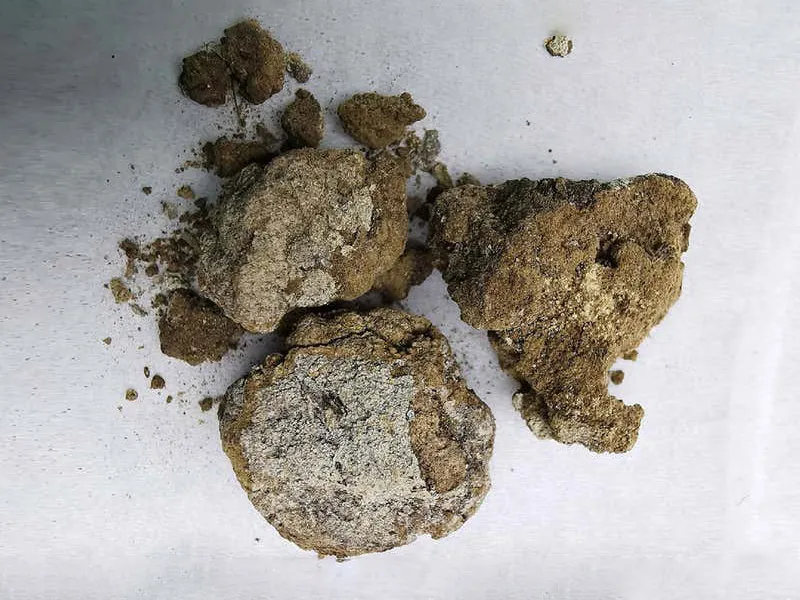In the quest to uncover the mysteries of ancient civilizations, researchers frequently stumble upon intriguing artifacts that shed light on past cultures and their practices. One such discovery occurred between 2017 and 2018 at the Liujiawa archaeological site in northern China. Scholars led by Yimin Yang of the Chinese Academy of Sciences unearthed a small bronze jar containing yellow-white lumps, revealing a surprising aspect of ancient Chinese cosmetic practices. This discovery, detailed in the journal Archaeometry, provides new insights into the use of cosmetics in ancient China, particularly among the elite.
The Discovery

While excavating the 2,700-year-old tomb of a nobleman, Yang and his team encountered a bronze jar filled with an unusual substance. Chemical analyses conducted on the material identified it as an early example of face cream, marking one of the oldest known uses of cosmetics by a Chinese man. The findings suggest that the tomb dates back to the Spring and Autumn period (771–476 B.C.), a time when the use of cosmetics was emerging among the elite.
Ingredients and Preparation

The face cream discovered in the Liujiawa tomb was composed of animal fat and a substance known as moonmilk. Moonmilk is a cream-colored, mud-like material found in limestone caves, which turns into a dry powder upon extraction. When mixed with animal fat, it retains a stark white appearance, making it ideal for facial application. This combination was not only used for cosmetic purposes but also explored in various handcraft industries of the time.
Cultural Significance
The use of cosmetics by the aristocrat might have served multiple purposes. According to the study, whitening the face with such creams could have been a way for the nobleman to assert his social status and distinguish himself from lower-class individuals. Historical records from the pre-Qin period suggest that face whitening was associated with cultural pride and was used to conceal skin imperfections while creating an image of youthfulness and beauty.
Additionally, the researchers speculate that the cream might have had a role in religious or ceremonial practices. Early Taoists believed that minerals found in caves, like moonmilk, possessed magical properties, which could imply that the face cream had a ritualistic significance.
Evolution of the Cosmetic Industry

This discovery highlights that by the early Spring and Autumn period, the cosmetic industry in China was already developing specialized products. Prior to this find, the oldest known Chinese cosmetics were from the Three Kingdoms Period (220–280 A.D.). However, the Liujiawa face cream predates these finds, showcasing a well-established practice of cosmetic production among the elite.
Before the Liujiawa discovery, evidence of Chinese women using makeup had been found at earlier sites, such as the Xiaohe Cemetery in Xinjiang, dating back to 1980–1450 B.C. Ancient Egyptian cosmetics also date back to the predynastic period (c. 6000–3150 B.C.), indicating that the use of cosmetics was widespread across different cultures.
Implications for Historical Understanding
The findings from Liujiawa offer valuable insights into the life of the nobleman buried there, as well as the broader socio-cultural dynamics of the time. By examining funerary objects, including a set of bronze weapons, researchers identified the individual as a high-ranking noble. This discovery adds context to the sparse historical records of the Riu state, which had Liujiawa as its capital during the Spring and Autumn period.
Conclusion
The 2,700-year-old face cream found at the Liujiawa site represents a fascinating glimpse into ancient Chinese cosmetic practices. It underscores the sophistication of early Chinese society and their attention to personal appearance and cultural expression. As researchers continue to explore ancient artifacts, discoveries like this enrich our understanding of historical practices and offer a window into the lives of those who came before us.